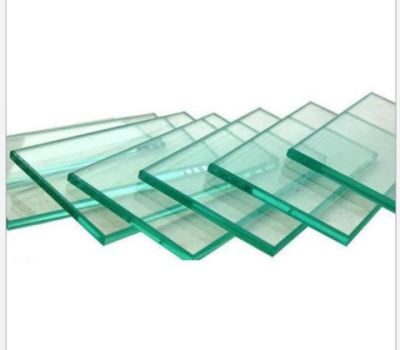It is made by melting together a combination of silica sand, soda ash, and limestone at high temperatures, and then allowing the mixture to cool and solidify. It is a good conductor of heat, which means that it can allow heat to escape easily, making it less energy efficient than other materials. However, this can be mitigated by using double or triple-paned windows with insulating gases in between the panes.
Clear glass can also be recycled, which makes it an eco-friendly material choice. Glass recycling involves crushing the glass into small pieces, which are then melted and reformed into new glass products. Because clear glass can be recycled indefinitely without losing quality, it is a sustainable material choice that helps reduce waste and conserve natural resources. Clear glass can also be recycled, which makes it an eco-friendly material choice. Glass recycling involves crushing the glass into small pieces, which are then melted and reformed into new glass products. Because clear glass can be recycled indefinitely without losing quality, it is a sustainable material choice that helps reduce waste and conserve natural resources.
Overall, clear glass is a versatile and widely-used material that offers many benefits, including transparency, versatility, and the ability to transmit light. Its fragility can be a disadvantage in some situations, but tempered or laminated clear glass can offer improved durability and strength. Whether used in architectural, decorative, or scientific applications, clear glass remains a popular and important material choice.


